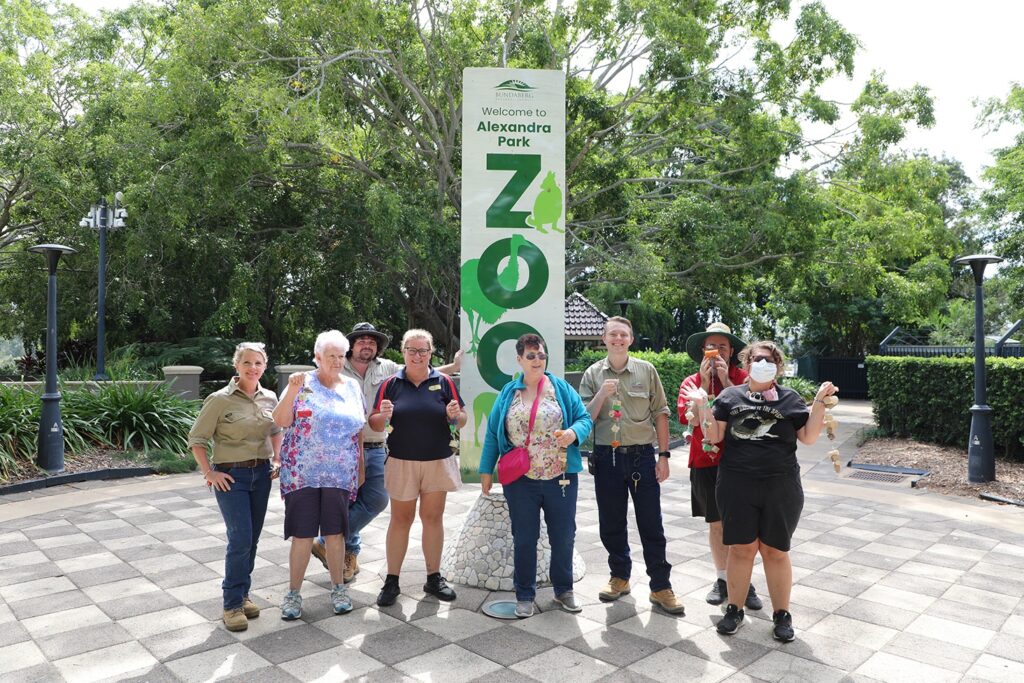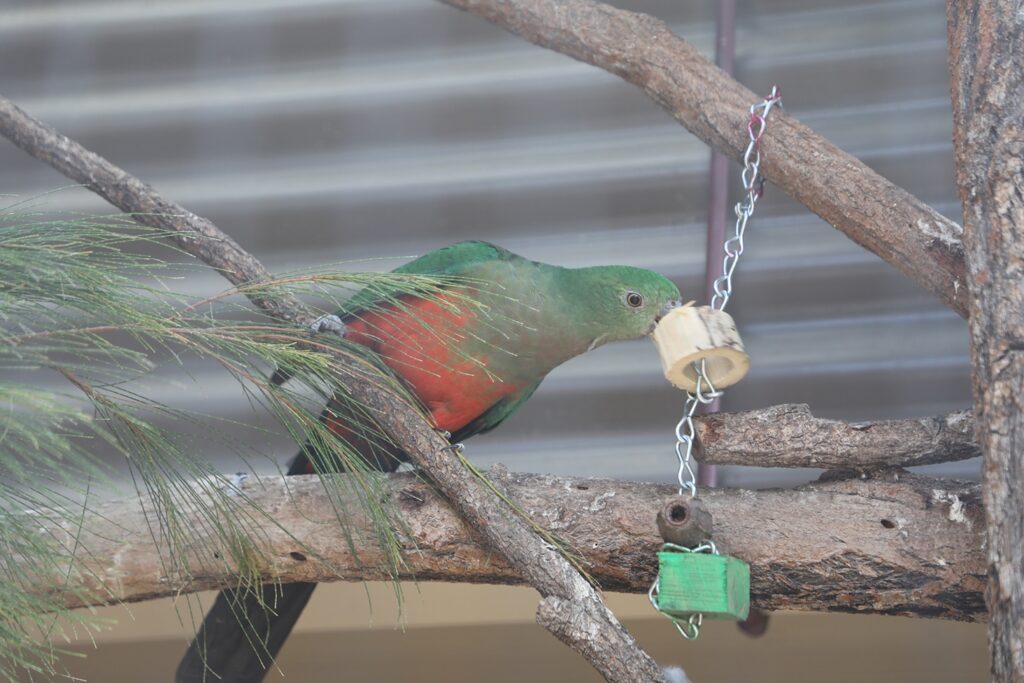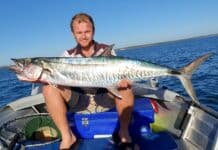
Carinbundi clients have been working closely with Alexandra Park Zoo to create interactive items for the animals through a new collaborative enrichment program.
The program, which runs from March to November, sees interested participants provided with a monthly box of items and instructions to create something stimulating for the animals to enjoy.
The items are created at the Carinbundi Day Services Centre and then brought back to the zoo where keepers put them in the animals’ exhibits so clients can watch the interaction.
They then collect their next box to start working on.
Caribundi’s EA and Community Relations Manager Tina Marshall said the project had a range of benefits for their clients.
“For us it’s a win-win because it’s a really good community engagement activity for those that are interested in it but it’s also hands on work skills and life skills,” she said.
“Part of our community access and inclusion program is that we have lots of options and choices, so on any given day there are things that [are] available to do or not do.
“The versatility of this particular activity means there’s something for everybody who wants to be in it.”
Amber Clarkson, who attends the Carinbundi Day Service Program four days a week, has been one of the keenest participants in the project thanks to her great love of animals.
“I love working and helping the animals,” Amber said, adding that her favourite thing was seeing them play with what they had created.
“[The best part is] being able to help in the community.”

The importance of enrichment
As a Zoo and Aquarium Association accredited zoo, Alexandra Park Zoo follows the Five Domains Model, a scientific structure used to assess the welfare of animals.
The first four domains of nutrition, environment, health and behaviour, help to inform the animal’s various experiences, which make up the final domain – the mental one.
The idea behind the program is that the enrichment items created by Carinbundi clients will provide positive activities for the animals by allowing them to practice seeking out food, searching for items with other animals or playing with things in their enclosure to keep them mentally stimulated.
For the February box, clients created paper mache structures to put food into so the dingoes could practice foraging, while the March box contained a range of wooden items and chains which were assembled into structures for birds to climb, chew and interact with.
Zoo Group Supervisor Kate Beskeen said that the project had been a great opportunity for collaboration.
“This initiative is a great way to better connect the Carinbundi group with animals and gain an understanding of how enrichment items make up an important part of zookeeping promoting natural behaviours,” Kate said.
“The more varied and complex or novel enrichment is, individuals are kept occupied for longer periods and are stimulated to exhibit natural behaviours.
“It is also good knowing we are making the zoo space as accessible as possible to various groups and are able to show how important the enrichment items are.”







